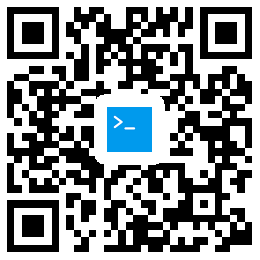Using this open-source model in production?
Consider switching to pyannoteAI for better and faster options.
? "Powerset" speaker segmentation
This model ingests 10 seconds of mono audio sampled at 16kHz and outputs speaker diarization as a (numframes, numclasses) matrix where the 7 classes are non-speech, speaker #1, speaker #2, speaker #3, speakers #1 and #2, speakers #1 and #3, and speakers #2 and #3.
# waveform (first row)
duration, sample_rate, num_channels = 10, 16000, 1
waveform = torch.randn(batch_size, num_channels, duration * sample_rate)
# powerset multi-class encoding (second row)
powerset_encoding = model(waveform)
# multi-label encoding (third row)
from pyannote.audio.utils.powerset import Powerset
max_speakers_per_chunk, max_speakers_per_frame = 3, 2
to_multilabel = Powerset(
max_speakers_per_chunk,
max_speakers_per_frame).to_multilabel
multilabel_encoding = to_multilabel(powerset_encoding)
The various concepts behind this model are described in details in this paper.
It has been trained by Séverin Baroudi with pyannote.audio 3.0.0 using the combination of the training sets of AISHELL, AliMeeting, AMI, AVA-AVD, DIHARD, Ego4D, MSDWild, REPERE, and VoxConverse.
This companion repository by Alexis Plaquet also provides instructions on how to train or finetune such a model on your own data.
Requirements
- Install
pyannote.audio3.0withpip install pyannote.audio - Accept
pyannote/segmentation-3.0user conditions - Create access token at
hf.co/settings/tokens.
Usage
# instantiate the model
from pyannote.audio import Model
model = Model.from_pretrained(
"pyannote/segmentation-3.0",
use_auth_token="HUGGINGFACE_ACCESS_TOKEN_GOES_HERE")
Speaker diarization
This model cannot be used to perform speaker diarization of full recordings on its own (it only processes 10s chunks).
See pyannote/speaker-diarization-3.0 pipeline that uses an additional speaker embedding model to perform full recording speaker diarization.
Voice activity detection
from pyannote.audio.pipelines import VoiceActivityDetection
pipeline = VoiceActivityDetection(segmentation=model)
HYPER_PARAMETERS = {
# remove speech regions shorter than that many seconds.
"min_duration_on": 0.0,
# fill non-speech regions shorter than that many seconds.
"min_duration_off": 0.0
}
pipeline.instantiate(HYPER_PARAMETERS)
vad = pipeline("audio.wav")
# `vad` is a pyannote.core.Annotation instance containing speech regions
Overlapped speech detection
from pyannote.audio.pipelines import OverlappedSpeechDetection
pipeline = OverlappedSpeechDetection(segmentation=model)
HYPER_PARAMETERS = {
# remove overlapped speech regions shorter than that many seconds.
"min_duration_on": 0.0,
# fill non-overlapped speech regions shorter than that many seconds.
"min_duration_off": 0.0
}
pipeline.instantiate(HYPER_PARAMETERS)
osd = pipeline("audio.wav")
# `osd` is a pyannote.core.Annotation instance containing overlapped speech regions
Citations
@inproceedings{Plaquet23,
author={Alexis Plaquet and Hervé Bredin},
title={{Powerset multi-class cross entropy loss for neural speaker diarization}},
year=2023,
booktitle={Proc. INTERSPEECH 2023},
}
@inproceedings{Bredin23,
author={Hervé Bredin},
title={{pyannote.audio 2.1 speaker diarization pipeline: principle, benchmark, and recipe}},
year=2023,
booktitle={Proc. INTERSPEECH 2023},
}










评论